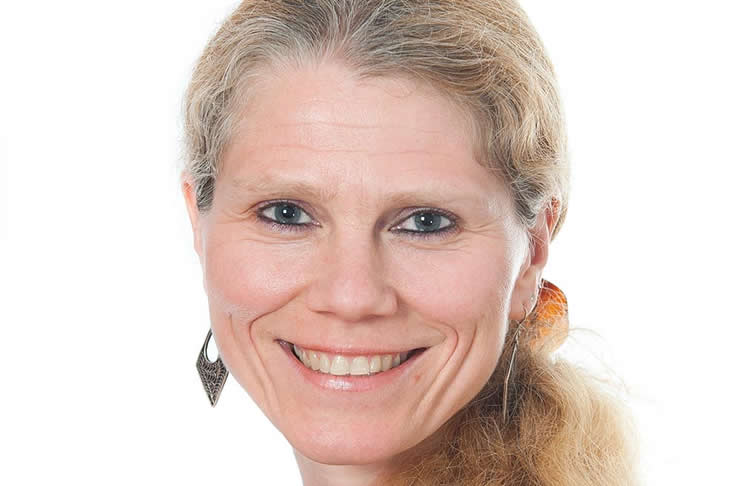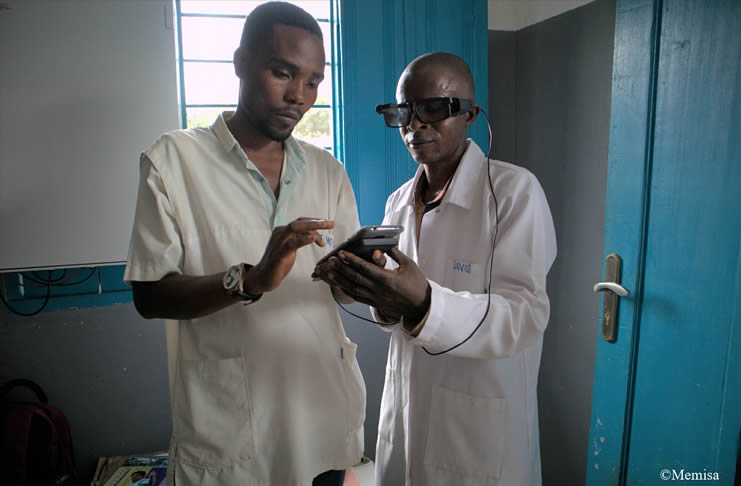
Ten dimensions that shape an organization’s business agility.
Forrester analyst Craig Le Clair has been working on the many dimensions of business agility from a technology perspective. One of the outcomes is a Forrester report looking at 10 measurable dimensions shaping an organization’s business agility. In a blog post, Le Clair, sums up some of those key dimensions which he splits up in 3 categories: market dimensions, organizational dimensions and process-focused dimensions..
The importance of business agility is recognized and so are the benefits. If you’re not responsive and even pro-sponsive (think predictive analytics, for instance), you will lose. Craig’s blog post title is clear about that: “Make Business Agility A Key Corporate Attribute – It Could Be What Saves You“.
As Craig Le Clair mentions and as tackled before, digital disruption has changed the business landscape. And it’s not driven by organizations in the first place. The consumerization of IT and BYOD, the cloud, social technologies, you name it.
With the fast increasing growth of data – big data – and the changes in the ways people work, buy, inform themselves and interact, agile business is nothing less than an imperative in a real-time economy.
However, between realizing the need of agile business, social collaboration, unified communications, new business processes, etc. and making them happen – in a measurable way – there is a huge gap. There are many causes for this: culture, human factors, disconnected systems, fragmented information/data/content, organizational silos, the existing infrastructure, etc.
That’s where the Forrester report comes in: how do you connect it all and make it happen in reality?
Some business agility dimensions according to Forrester’s Craig Le Clair
- Channel integration. I don’t think I need to add much to that. It goes for everything we do, from customer service and marketing to the ways we work and communicate internally and within the broader ecosystem of the organization.
- Knowledge dissemination. We live in an information age since…ages. however, today more than ever the need to work through, beyond and above the silos making data, information and – more importantly – knowledge available when and where it matters (the mantra of information management) is what truly makes the difference. Craig Le Clair identifies this dimension as an organizational one. You know what that means.
- Market responsiveness. Market changes nowadays often happen faster than organizations can respond, let alone pro-spond. Whether it concerns customer demand/interaction, industry-specific changes, etc.: responsiveness is an essential given.
- Change management. Market responsiveness brings us to another dimension, an organizational one: change management. And in a sense it goes together with yet another dimension: digital psychology. Change is hard, change scares. And even with big data and all the other ways we have to respond fast, change is and remains a human element that needs to be managed from different angles, not in the least on the level of making de facto change and collaboration happen in an increasingly digital culture where connected business on all levels is a key challenge.
Seventy percent of the companies that were on the Fortune 1000 list a mere 10 years ago have now vanished – unable to adapt to change. (Craig Le Clair)
A company-wide understanding and effective use of digital technologies – and their benefits – as well as a strategy that focuses on making change de facto happen, while having a culture of knowledge dissemination, one of the tasks in an intelligent information management context, is an essential part of it all.
From the knowledge dissemination viewpoint Le Clair’s Forrester colleague Christine Ferrusi Ross added three phases to the process in the context of contingent workers:
- Knowledge transfer to the new worker.
- Knowledge sharing during the engagement.
- Knowledge transfer back to the company.
Interesting times ahead where the need for speed and business optimization, along with digital disruption more and more is about connecting the dots of agile business.






